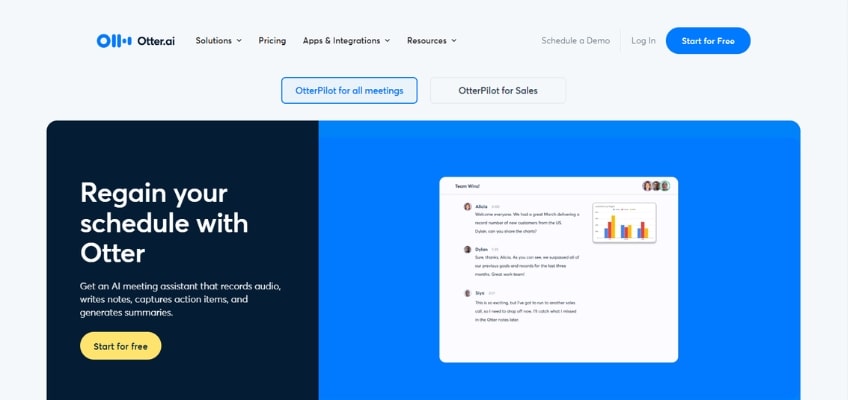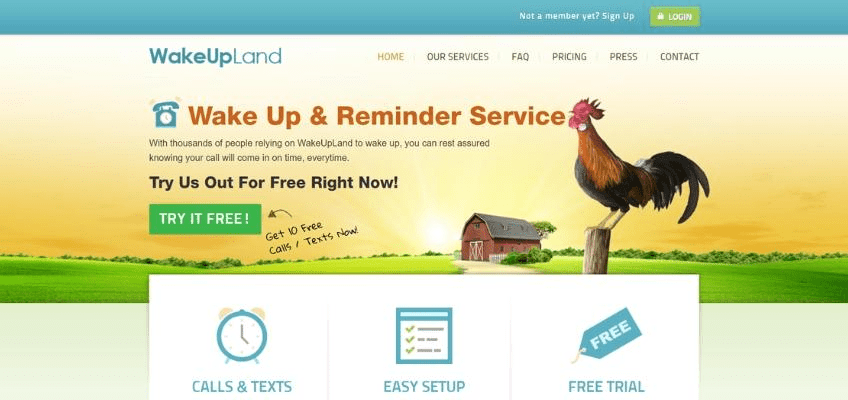Setting up a good IVR (interactive voice response) call flow can pay dividends for your business because it can keep more customers on the line and route more of them to the exact resources they need without delays.
Below, we’ll explore 12 call flows that you can implement in your call center straight away—plus we’ll offer some quick tips for setting up your call flows in a way that brings the most benefits while safeguarding you from the most common mistakes.
Quick Tips for Setting Up an IVR Call Flow
If your company happens to be using some of the best call center software on the market today, then you already have access to some tools for creating a great IVR call flow. In any case, it’s important to have a strong grasp of the basics when you’re setting one up.
Keep it simple
Along with those that provide too many menu options, call flows that aren’t clear or concise enough can lead to higher call abandonment rates and lower overall customer satisfaction due to their unnecessarily complex nature. Instead of bombarding your users with sensory overload, try to limit your main menu to a maximum of five options and keep your navigation tree simple and logical so that customers know how to use it and where to go.
Make sure customers can speak with an agent at any time
Sometimes a caller may not understand the menu options clearly or will simply prefer to talk to a human agent as soon as possible due to the urgency of their issue. With that in mind, you should always make sure to include an option to be routed to a live agent in your main menu and submenus.
Offer callback options
Offering a callback option gives the…











